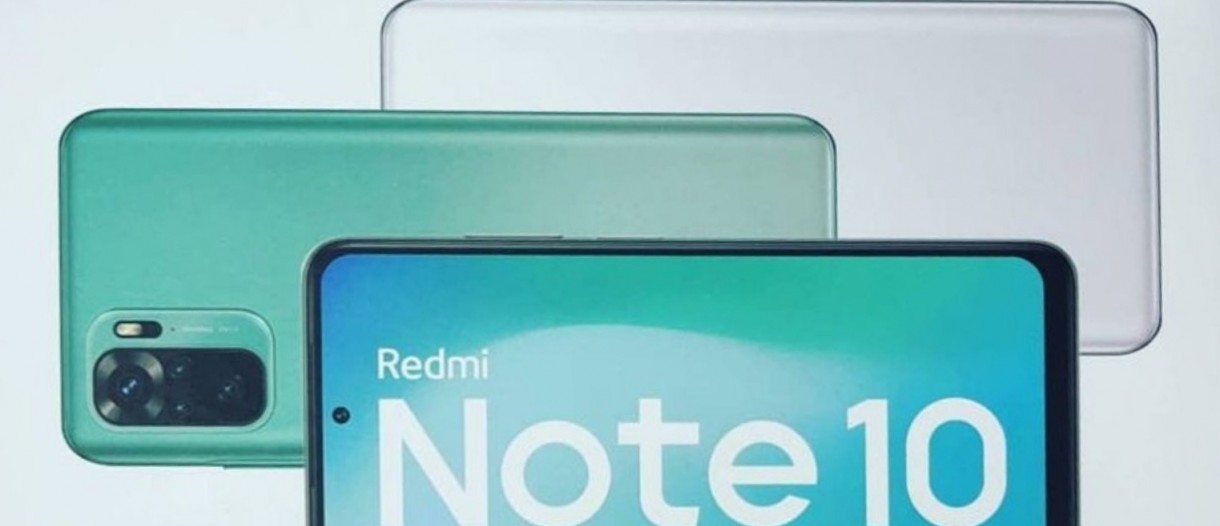Xiaomi Redmi 10 Review
While The Redmi Brand Typically Targets The Mid-Range Handset Market, The Base Version Of The Redmi Series As Well As The Redmi Note Are Still Xiaomi’s Main Weapon.
Xiaomi Redmi 10 has also been a good replacement for the Redmi 9, offering better features and hardware than the Redmi 9.
Unlike Redmi 9, the Redmi 10 has not seen a significant price increase compared to its predecessor, and at the same time, it has improved on the Redmi 9 in almost all areas. Many of the features of this phone are less used in economy phones, and this is one of its strengths due to the low price of this product.
Unboxing
The contents of the Redmi 10 box include a USB-C to USB-A cable, a 22.5-watt charging adapter, and a transparent silicone case. Note that this phone does not support 22.5-watt charging, and its maximum charging speed is 18 watts. However, Xiaomi has offered this phone with the mentioned charger adapter like its other mid-range phones.
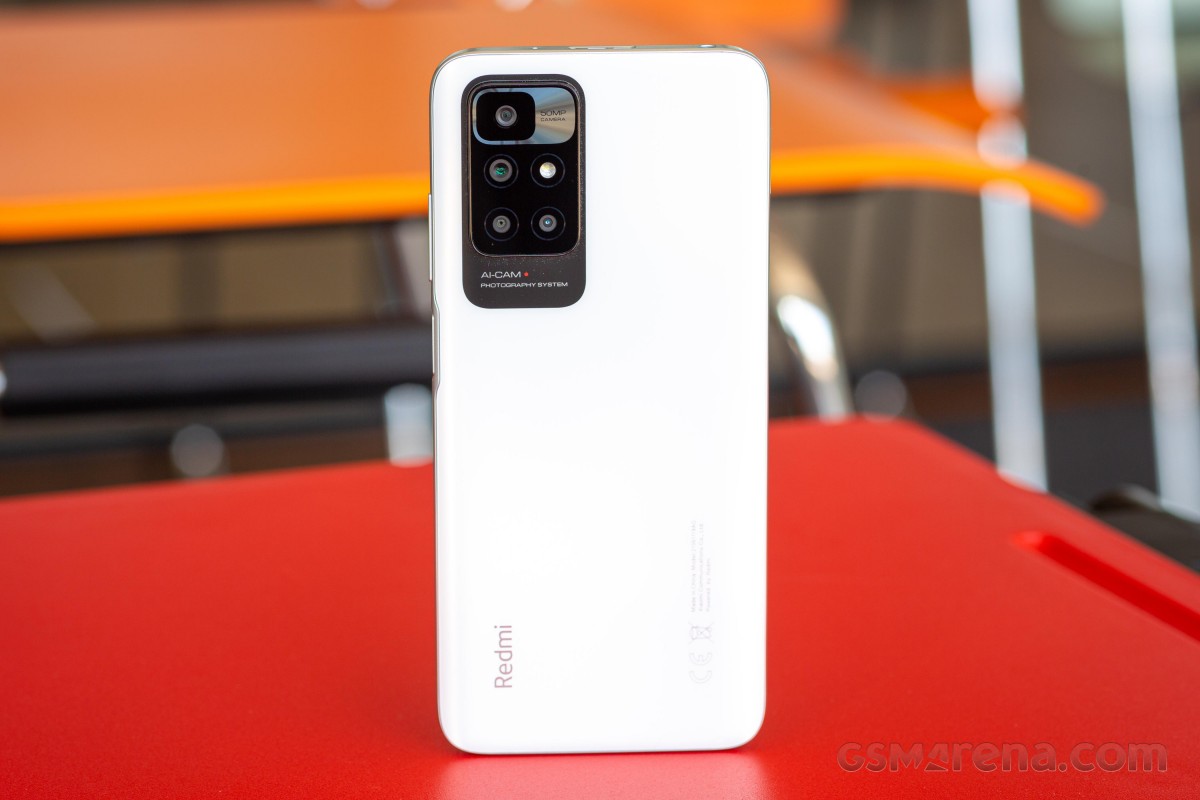
Designing
Xiaomi has used glass-like plastic in the design of the back of this phone. This leaves no fingerprints on the body of the phone and maintains the attractive appearance of the phone. However, the camera housing of the phone has a different and unusual design. The phone’s main camera is located at the top of this compartment, and the other three cameras with LED flashes are below it.
The front of the phone has a flat panel, and there is no curvature on the sides of this panel. The edges of this panel are also narrow enough, but the phone’s selfie camera stand looks a little too big. Also, the bezel around the screen is made of agonized aluminum-like plastic and matches the phone’s overall look.
The phone’s stereo speaker, infrared blaster, and 3.5mm jack are located at the top, and at the bottom, the USB-C port and the second stereo speaker are used. There are also volume and power buttons on the right side of the phone. In addition, the phone’s fingerprint sensor is built into the power button. In general, the Redmi 10 has a standard design, and there is no particular problem in this regard.
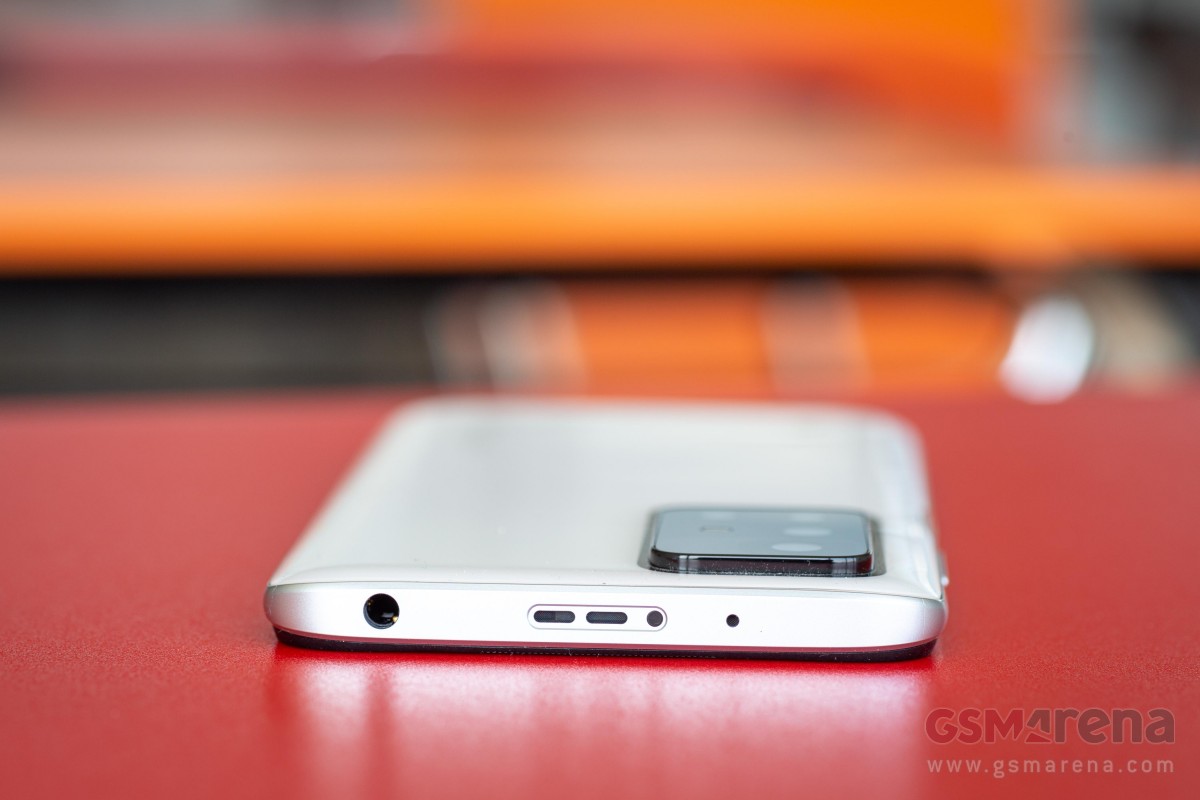
screen
The Redmi 10 is the first phone in the series to support high refresh rates. The phone uses a 6.5-inch LCD screen (IPS) with a resolution of 2400 × 1800 pixels and a refresh rate of 90 Hz, and its aspect ratio is 20: 9. Also, the maximum brightness of this screen is 400 nits in normal mode, but it also reaches 477 nits in auto mode.
The minimum brightness of the Redmi 10 screen is a staggering 1.2 nits, which makes the images look natural even in dark environments. The screen also supports 1494: 1 contrast ratio and enjoys good color accuracy. You can set the screen refresh rate to 90 or 60 Hz in the phone settings.
Most apps run at a 90Hz refresh rate, but this rate drops to 60Hz when playing video on apps like YouTube and Netflix. Of course, the Redmi 10 does not use the automatic refresh rate feature, and if you do not interact with the phone, the refresh rate will remain constant at 90 Hz. This will allow the phone to charge faster.

Battery life
Due to the combination of a low-power processor and a Redmi 10 5000 mAh battery, it expects that the battery life of this phone would be very long. Still, the performance of the Redmi 10 battery was slightly worse than the Redmi 9. In general, it can say that the battery life of this phone is normal at best. This also applies to the phone’s charging speed. It takes about 2 hours and 13 minutes to charge the Redmi 10 fully, and with 30 minutes of charging, only 26% of the phone’s battery is charged.

Speaker
Many budget phones use only one speaker on the market, but the Redmi 10 has two stereo speakers. These speakers are of good quality, and it seems that Xiaomi has adjusted them more for watching movies because the actors’ voice is unequivocal and loud in all modes.
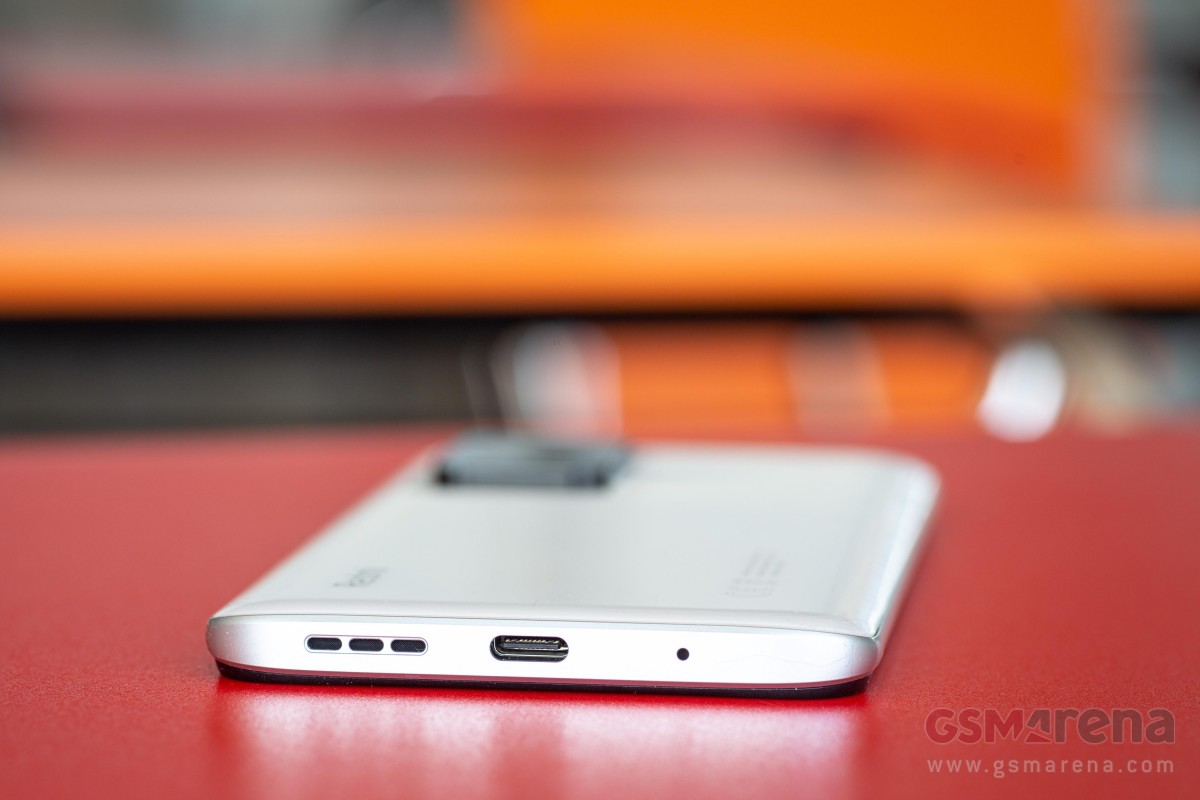
Function
Xiaomi has used the latest version of the MIUI user interface, MIUI 12.5, in the Redmi 10. This user interface has developed considerably over the last few years and has provided numerous personalization options.
One of the main changes to the MIUI 12 user interface is the notifications section. This section is now divided into two sections. The shortcuts section is accessible by swiping down from the right side of the screen, and you need to do the same from the left side of the screen to access the notifications section.
You can set the notifications panel to the standard mode or use the redesigned version of MIUI 12. The MIUI 12.5 update also adds several new features to the interface related to security and privacy. You can now block apps from accessing your personal information.
This version of the MIUI interface comes with fewer default applications, and the hassle-free problem has been reduced to a decent extent. Also, the power consumption of this user interface has been reduced by about 25%, and its memory consumption has been reduced by 35% compared to before. Themes are still an important part of MIUI’s interface, and Xiaomi has introduced countless themes in its store.
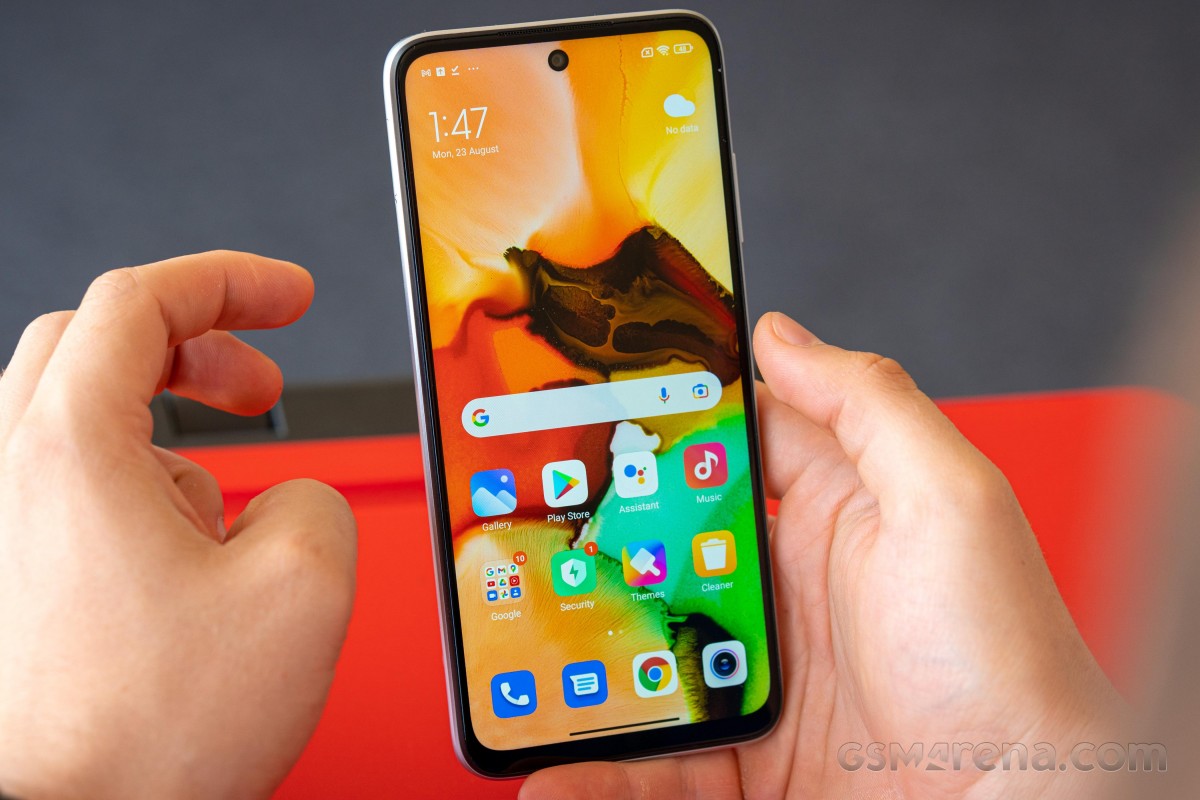
The Redmi 10 fingerprint sensor has a very high speed, accuracy, and responsiveness. You can use this sensor by holding down the power button on the phone. The basic version of this phone uses a combination of RAM and 4.64 GB of internal memory, but you can allocate 1 GB of internal memory to the RAM section.
The Xiaomi Redmi 10 is powered by an Helio G88 processor, similar to the Helio G85 processor, with only a few new features added. The Helio G88 supports a refresh rate of 90 Hz with a resolution of 1080 pixels and is compatible with 64-megapixel cameras.
This processor consists of two Cortex-A75 cores with a clock speed of 2.0 GHz and six Cortex-A55 cores with a clock speed. The Helio G88 graphics chip is also a Mali G52 MC2 with a clock speed of 1 GHz.
This phone is also available in 128.4 GB and 128.8 GB versions. Note that the internal memory of the Redmi 10 is eMMC 5.1, and you can upgrade it via the microSD card slot. In the GigBench 5 benchmark tests, the performance of the Helio G88 processor was similar to that of the Helio G85. The performance of both the Redmi 9 and Redmi 10 was the same.
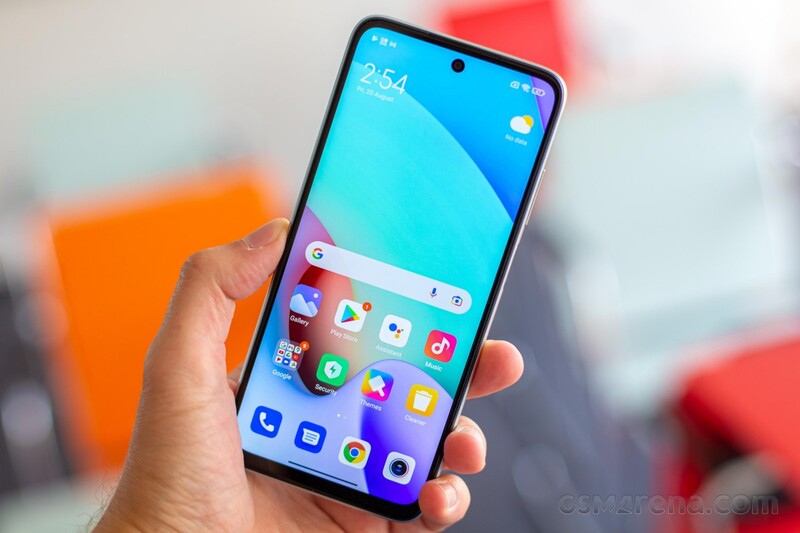
Camera
Undoubtedly, the Redmi 10 main camera is one of the most important improvements this phone has made compared to the Redmi 9. This 50-megapixel camera uses a 1 / 2.76-inch Samsung Isocell JN1 sensor with a pixel size of 0.64 micrometers and an f / 1.8 lens.
12.5-megapixel images are captured using 4-in-1 pixel blending technology, which increases the pixel size to 1.28 micrometers. The sensor also supports autofocus and HDR technology.
The Redmi 10’s 8-megapixel ultra-wide camera also uses an f / 2.2 aperture and a 120-degree field of view, which slightly improves the Redmi 9’s 118-degree field of view.
However, the phone’s 2-megapixel macro camera performed worse than the Redmi 9’s 5-megapixel camera. Xiaomi has also used an 8-megapixel selfie camera with f / 2.0 aperture and a 1 / 4.0-inch Redmi 9 sensor.

Unfortunately, the image quality of the Redmi 10’s main camera is lower than expected, with poor dynamic range and contrast. Capturing 50-megapixel images not only does not solve these problems but also increases the image noise.
This also applies to HDR mode. However, the ultra-widescreen image quality of this phone is much better than the original camera, and these images look a little more vivid and bright. Fortunately, the images of this camera have good contrast and clarity, and the problems of the main camera are not seen in them.
Like many other economical phones, the macro camera of this phone does not support anti-shake and autofocus, and the exposure and low detail of its images are the main problems of this camera. The performance of the phone’s main camera in low light and dark environments is much better than normal, and the details and color accuracy of its images are acceptable. The camera also supports “night mode,” making it easier to capture images in low-light environments.

The Redmi 10 ultra-wide camera also performs well in dark environments, and despite the contrast, color accuracy, and great detail of its images, it does not suffer from noise problems. Overall, the Redmi 10’s ultra-widescreen camera performs much better than other cameras on this phone and even better than other companies’ all-in-one phones. The selfie camera of this phone is also a significant improvement over the Redmi 9 and captures high-quality images overall.
Both the Redmi 10’s main and ultra-widescreen cameras support 1080p video recording at 30 frames, but surprisingly, the phone’s ultra-widescreen camera performs better in this area as well.
The contrast and color accuracy of the videos of this camera is a little better than the main camera, and the details of its videos are similar to the main camera. However, the noise in ultra-widescreen videos is slightly higher than the main camera, which is its main problem.
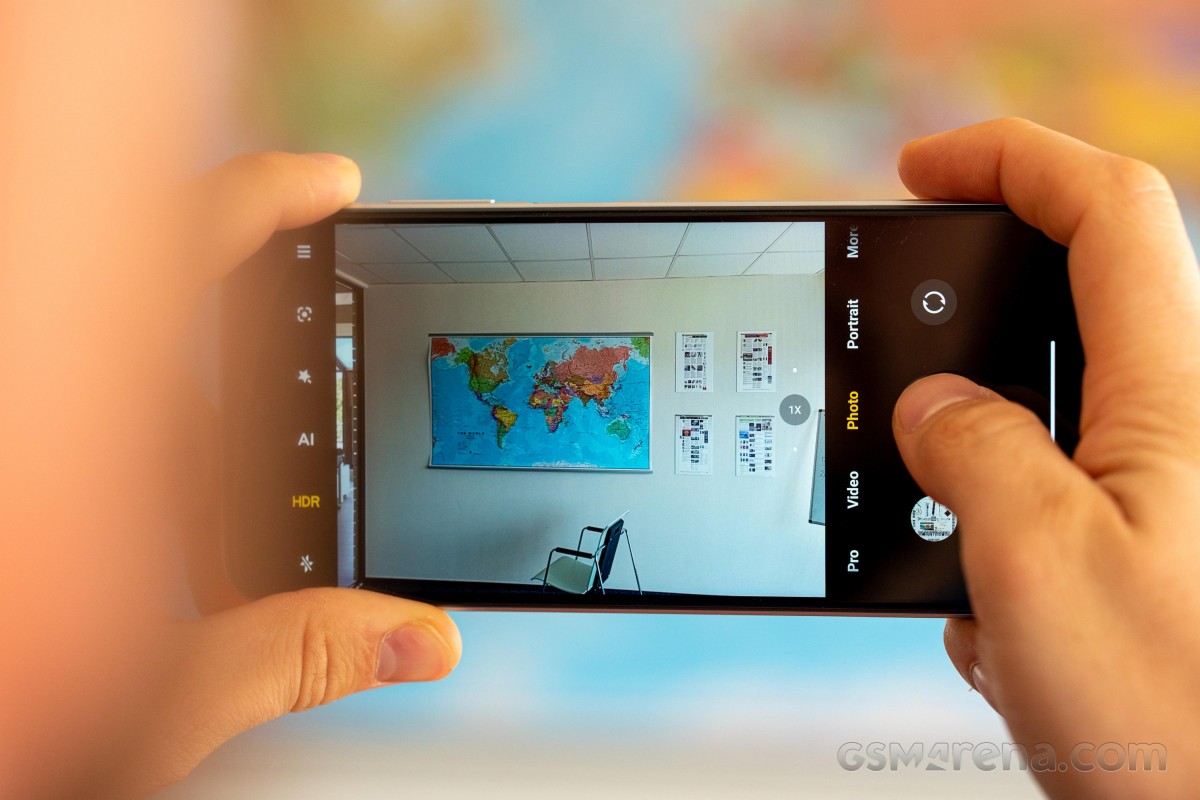
Alternatives
Due to the low price of Redmi series economic phones, it is not easy to compete with these products, and for this reason, the best replacements for the Redmi 10 are from the Xiaomi family.
For example, the Redmi 9T can be mentioned as one of the good alternatives to the Redmi 10. The phone uses a Snapdragon 662 processor and a 48-megapixel camera. Longer battery life of 6000 mAh and a 6.5-inch IPS display with a refresh rate of 60 Hz is other features of this phone.
The Poco M3 is another € 150 handset that can be offered as a replacement for the Redmi 10. The phone has a 60Hz display and a 6000 mAh battery, but in terms of cameras and overall performance, it is not much different from the Redmi 10.
Perhaps the Riley 8 can be considered as the main competitor to the Redmi 10. The phone uses a faster Helio G95 processor, a 5000 mAh battery with 30 watts of fast charge, a 64-megapixel main camera, a 6.4-inch Super AMOLED display with HDR10 support, and a maximum brightness of 657 nits. The only advantage of the Redmi 10 over this phone is the higher refresh rate and stereo speakers.

Conclusion
Despite its low price, the Xiaomi Redmi 10 offers a 90Hz IPS display, stereo speakers, an infrared blaster, a 3.5mm headphone jack, and a microSD card slot.
However, Xiaomi has made this phone available only through the AliExpress website, and this limited access can prevent its success. There are also more powerful options on the market now than the Redmi 10, priced the same as this phone, making it difficult for this new budget phone.
Positive points
- 90 Hz screen
- Stereo speakers
- Proper battery life
- Main camera image quality in dark environments
- Good ultra-wide camera performance
- Micro SD card slot
Cons
- Low charging speed
- Main camera performance in bright environments
- Ultra-wide camera images in dark environments
- Video limitation and lack of image stabilization support
- limited access
- Lack of NFC support
What do you think about the Xiaomi Redmi 10? Will this phone be able to compete with other products of rival companies or even Xiaomi itself? Could you share your comments with us?
